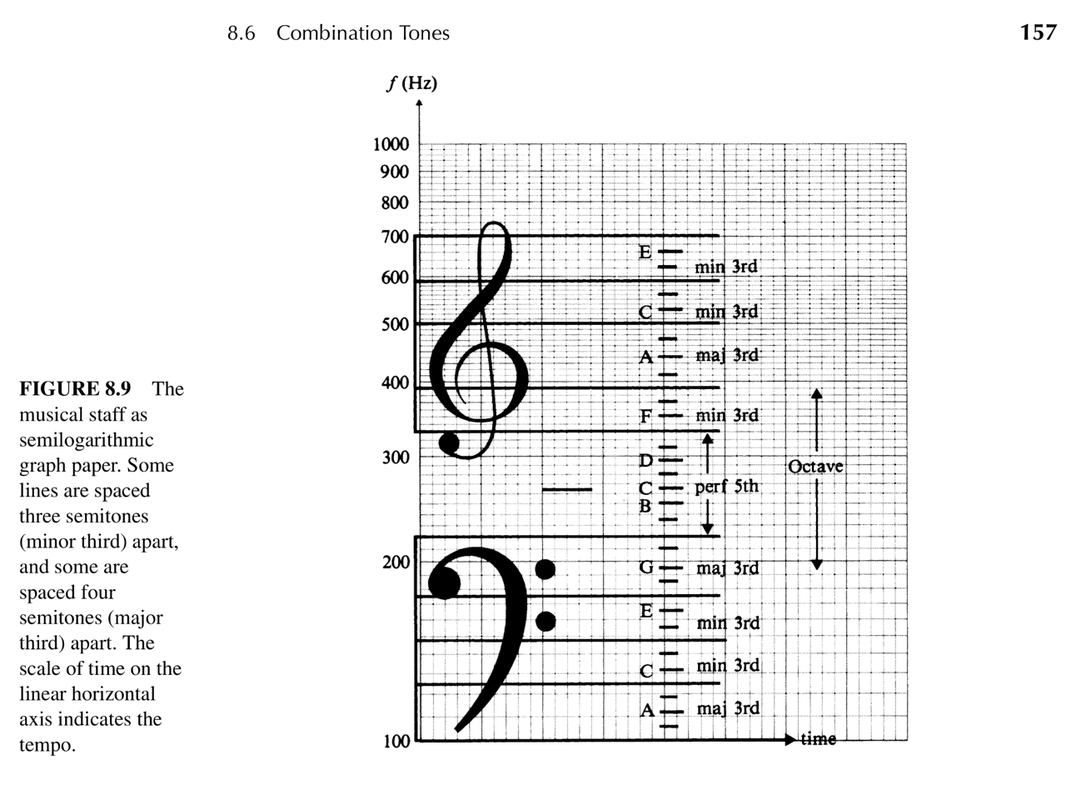

5 μl of a solution of 20 mg/ml of 98% pure methoxyamine hydrochloride (CAS No. 2 μl of this RI mixture were added to the dried extracts. A mixture of internal retention index markers was prepared using fatty acid methyl esters of C8, C9, C10, C12, C14, C16, C18, C20, C22, C24, C26, C28, and C30 linear chain length, dissolved in chloroform at a concentration of 0.8 mg/ml (C8–C16) and 0.4 mg/ml (C18-C30). After 2 min centrifugation at 16,100 rcf, 0.70 ml extracts were collected and concentrated to dryness for further analysis. steel ball, followed by the addition of 0.75 ml extraction solvent of methanol:chloroform:water (5:2:2) and vortexing. Briefly, lyophilized cells were disrupted using a single 5 mm i.d.

Metabolism in Chlamydomonas readily responds to total available media nitrogen with temporal increases in short-chain free fatty acids and turnover of internal proteins, long before nitrogen resources are depleted. Nitrogen/carbon balance metabolism was found changed only under chronic conditions, for example in the citric acid cycle and amino acid metabolism. Stress response and carbon assimilation processes (Calvin cycle, acetate uptake and chlorophyll biosynthesis) were altered first, in addition to increase in enzyme contents for lipid biosynthesis and accumulation of short chain free fatty acids. Responses of 145 identified metabolites were quantified using gas chromatography-time of flight mass spectrometry 495 proteins (including 187 enzymes) were monitored using liquid chromatography-ion trap mass spectrometry with label-free spectral counting. However, primary metabolism and enzyme expression showed remarkable changes at acute conditions (4 h and 10 h after ammonium reduction) compared with chronic conditions (18 h and 28 h time points). When ammonium levels were reduced by 25–100% compared with control cultures, ammonium uptake and growth rates were not affected at 25% or 50% nitrogen-reduction for 28 h. However, metabolomic and proteomic responses to subtle reductions in macronutrients have not yet been studied. Drastic alterations in macronutrients are known to cause large changes in biochemistry and gene expression in the photosynthetic alga Chlamydomonas reinhardtii.


 0 kommentar(er)
0 kommentar(er)
